THE ALPS
THE MUSICAL WOOD


"The Vaia storm brought a night of strong wind. Even at home, we could sense that there was something very unusual and weird."
That's how Fabio Ognibeni remembers the violent storm that tore through the historic Val di Fiemme forest in late 2018, leaving a trail of devastation.
However, this destruction had great cultural significance as these uprooted trees formed the "Musical Woods," where the world's most famous violin maker Stradivari sourced his tonewood hundreds of years ago.
Ognibeni, who runs soundboard manufacturing company Ciresa, is one of the people trying to salvage this precious material for the benefit of future generations.
Val di Fiemme, stretching in between mountains and along the Avisio river in Trentino Alto Adige, in northern Italy, is normally the kind of place tourists know for its ski resorts alone. But to the music world, this place is of extraordinary importance.
The spruce "trees of music" there are unique for their resonant properties and a few local manufacturers including Ognibeni still use their wood to make some of the world’s greatest string instruments, in the tradition of Stradivari.
But the Vaia storm, a great atmospheric depression that hit the Alps of northeastern Italy between October 27 and 30, 2018, turned Stradivari's forest into a landscape of destruction. "Over the following two days we gradually realized the extent of this catastrophic event for our forests," remembers Ognibeni. Hectares of forest were destroyed and centuries-old spruces lay broken, stacked on top of each other along the mountains once blooming with the trees.
And it wasn't only Stradivari's forest: Vaia had a dramatic impact in the whole area of the Dolomites, a UNESCO World Heritage site. It caused almost $3.5 billion worth of damage and knocked down entire forests, destroying 8.5 million cubic meters of wood.
"In the valley all communications had been interrupted, news of the fallen forest only came by word of mouth. There I understood that we would have great difficulty in finding material for our work, for music," says Ognibeni.
His work depends on the forest. He uses the Fiemme spruce to manufacture his soundboards – wooden surfaces with resonant properties used by luthiers from the valley and all over the continent to make pianos, organs, guitars and violins.
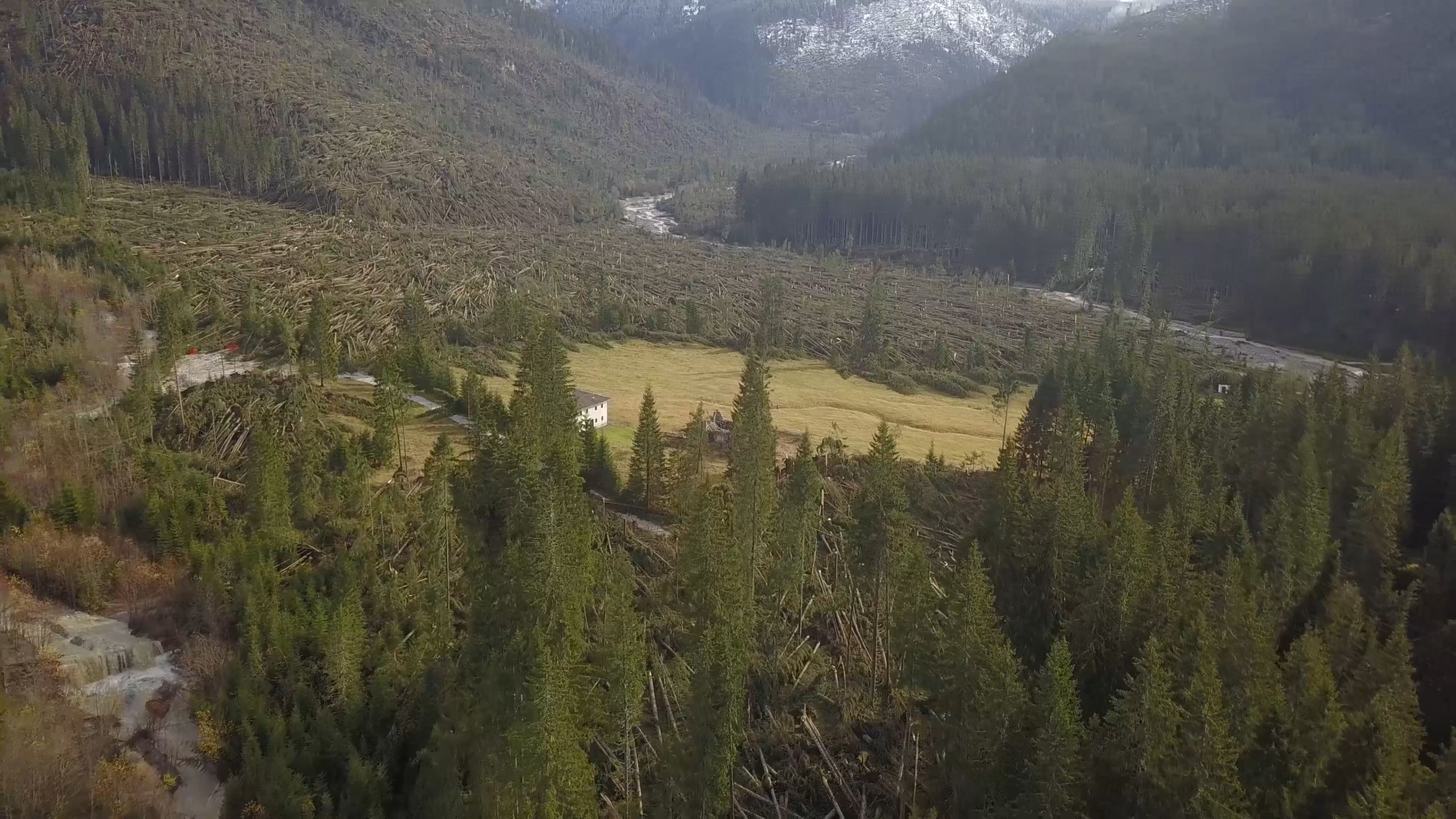
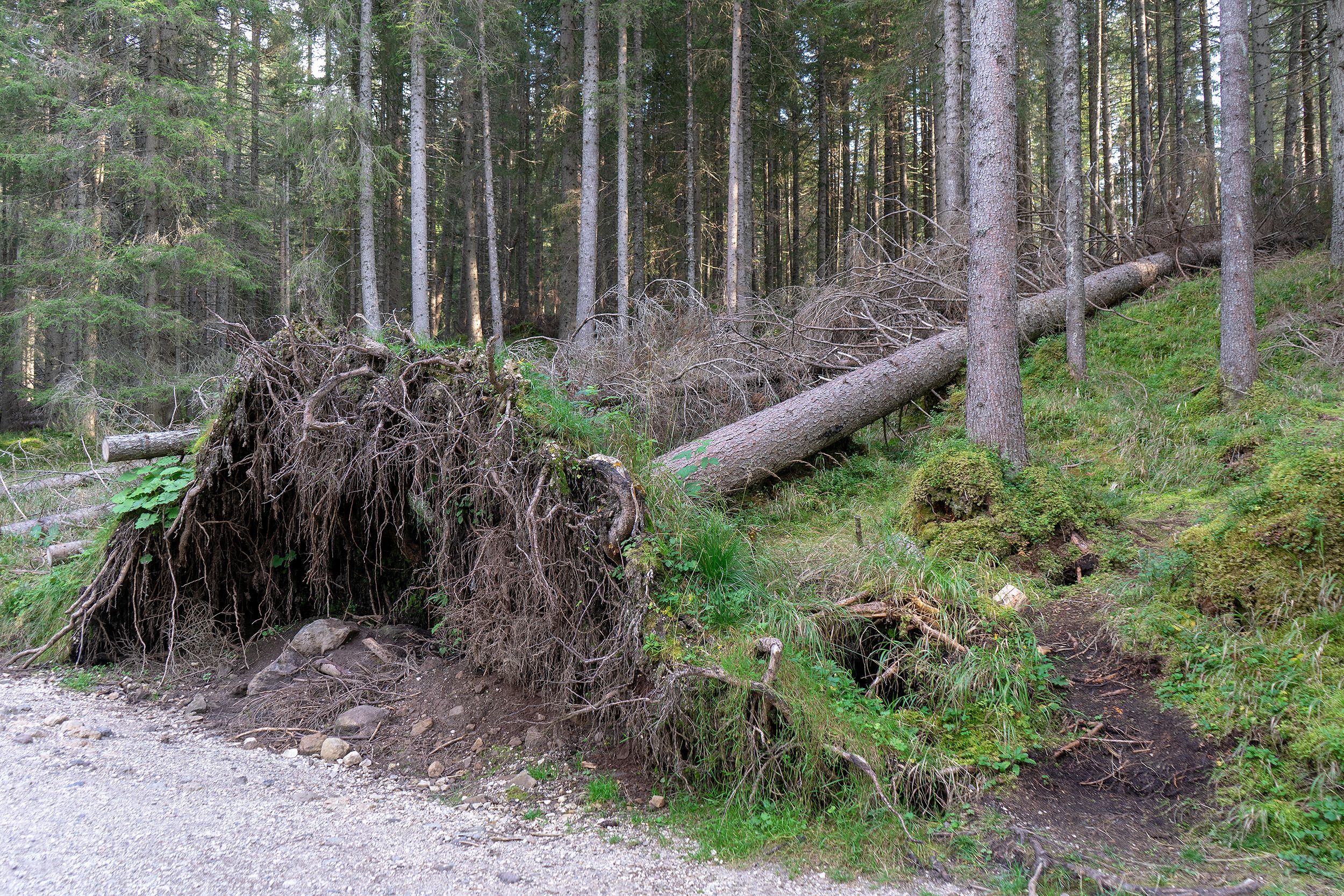
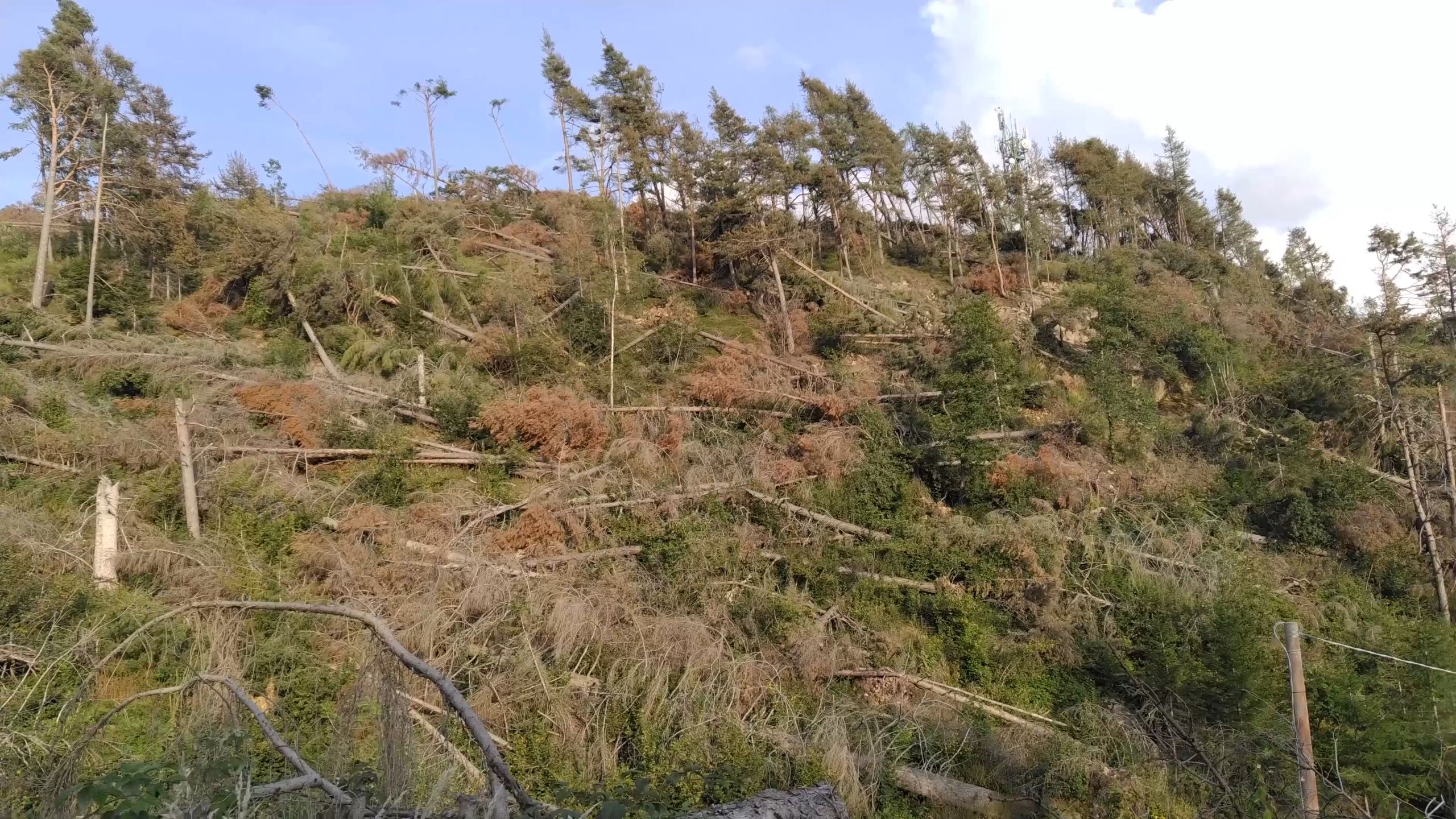
"The Vaia storm brought a night of strong wind. Even at home, we could sense that there was something very unusual and weird."
That's how Fabio Ognibeni remembers the violent storm that tore through the historic Val di Fiemme forest in late 2018, leaving a trail of devastation.
However, this destruction had great cultural significance as these uprooted trees formed the "Musical Woods," where the world's most famous violin maker Stradivari sourced his tonewood hundreds of years ago.
Ognibeni, who runs soundboard manufacturing company Ciresa, is one of the people trying to salvage this precious material for the benefit of future generations.
Val di Fiemme, stretching in between mountains and along the Avisio river in Trentino Alto Adige, in northern Italy, is normally the kind of place tourists know for its ski resorts alone. But to the music world, this place is of extraordinary importance.
The spruce "trees of music" there are unique for their resonant properties and a few local manufacturers including Ognibeni still use their wood to make some of the world’s greatest string instruments, in the tradition of Stradivari.
But the Vaia storm, a great atmospheric depression that hit the Alps of northeastern Italy between October 27 and 30, 2018, turned Stradivari's forest into a landscape of destruction. "Over the following two days we gradually realized the extent of this catastrophic event for our forests," remembers Ognibeni. Hectares of forest were destroyed and centuries-old spruces lay broken, stacked on top of each other along the mountains once blooming with the trees.
And it wasn’t only Stradivari’s forest: Vaia had a dramatic impact in the whole area of the Dolomites, a UNESCO World Heritage site. It caused almost $3.5 billion worth of damage and knocked down entire forests, destroying 8.5 million cubic meters of wood.
"In the valley all communications had been interrupted, news of the fallen forest only came by word of mouth. There I understood that we would have great difficulty in finding material for our work, for music," says Ognibeni.
His work depends on the forest. He uses the Fiemme spruce to manufacture his soundboards – wooden surfaces with resonant properties used by luthiers from the valley and all over the continent to make pianos, organs, guitars and violins.



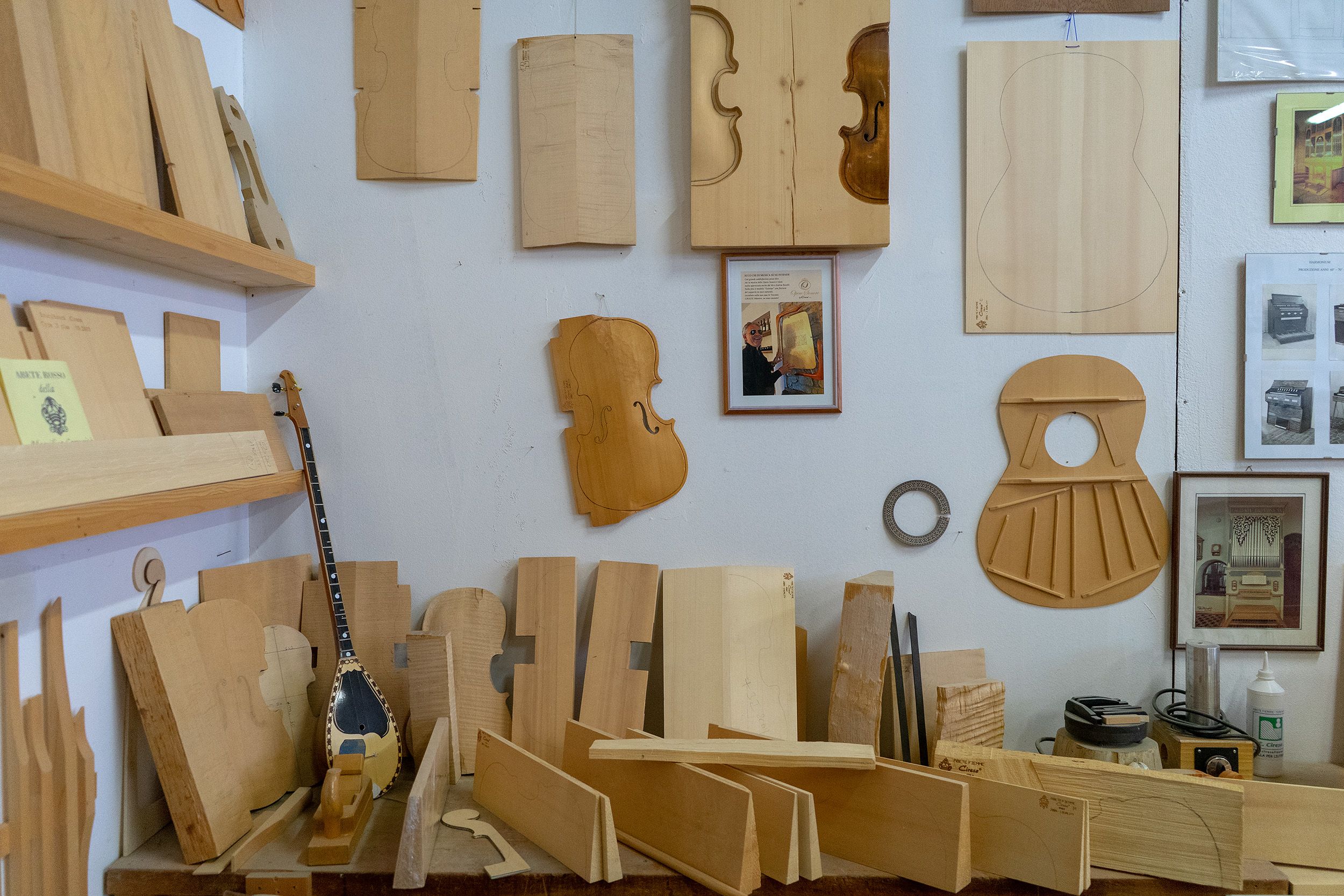
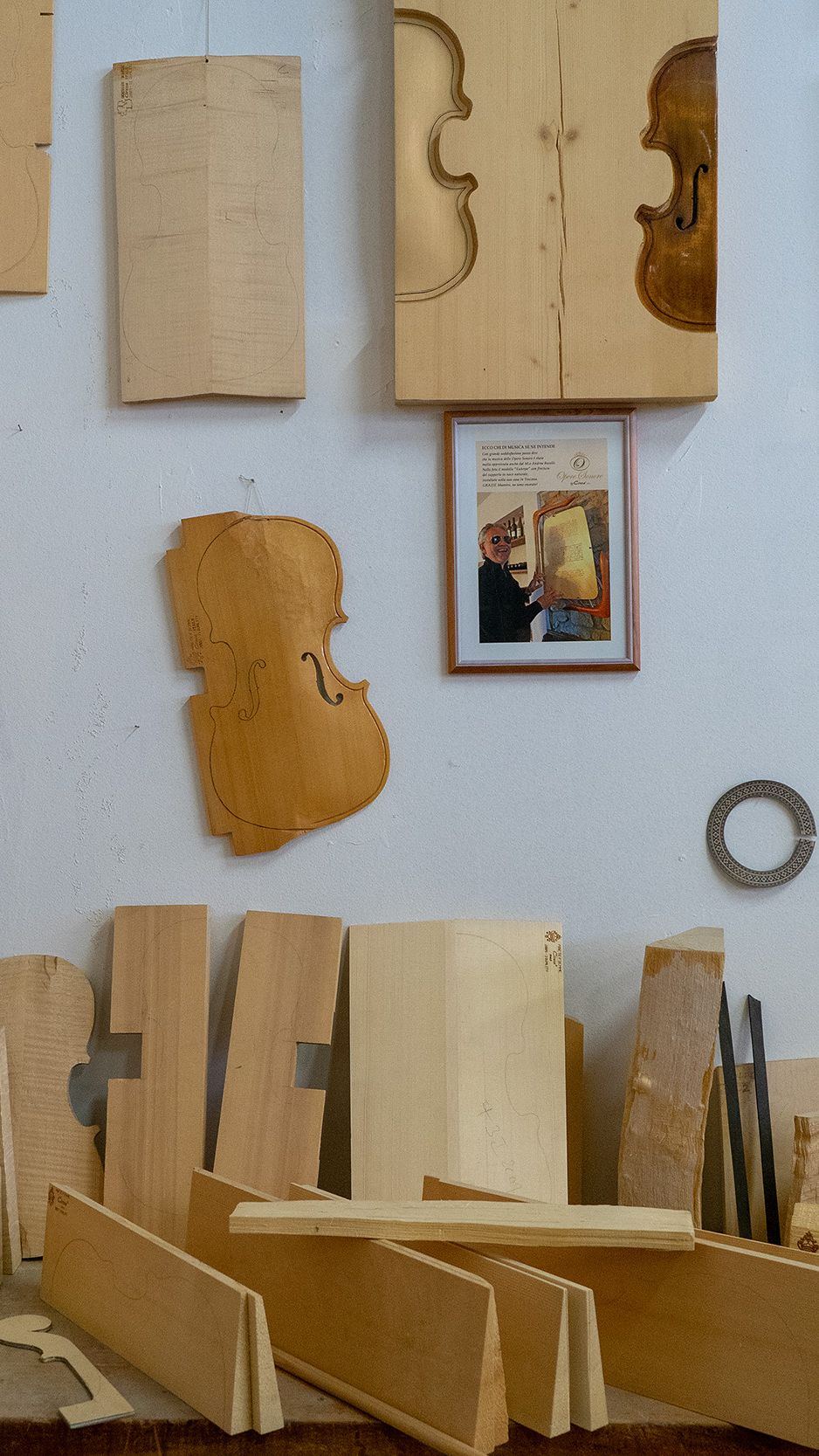
His company in Tesero, Ciresa, is surrounded by the "Forest of Violins."

His company in Tesero, Ciresa, is surrounded by the "Forest of Violins."
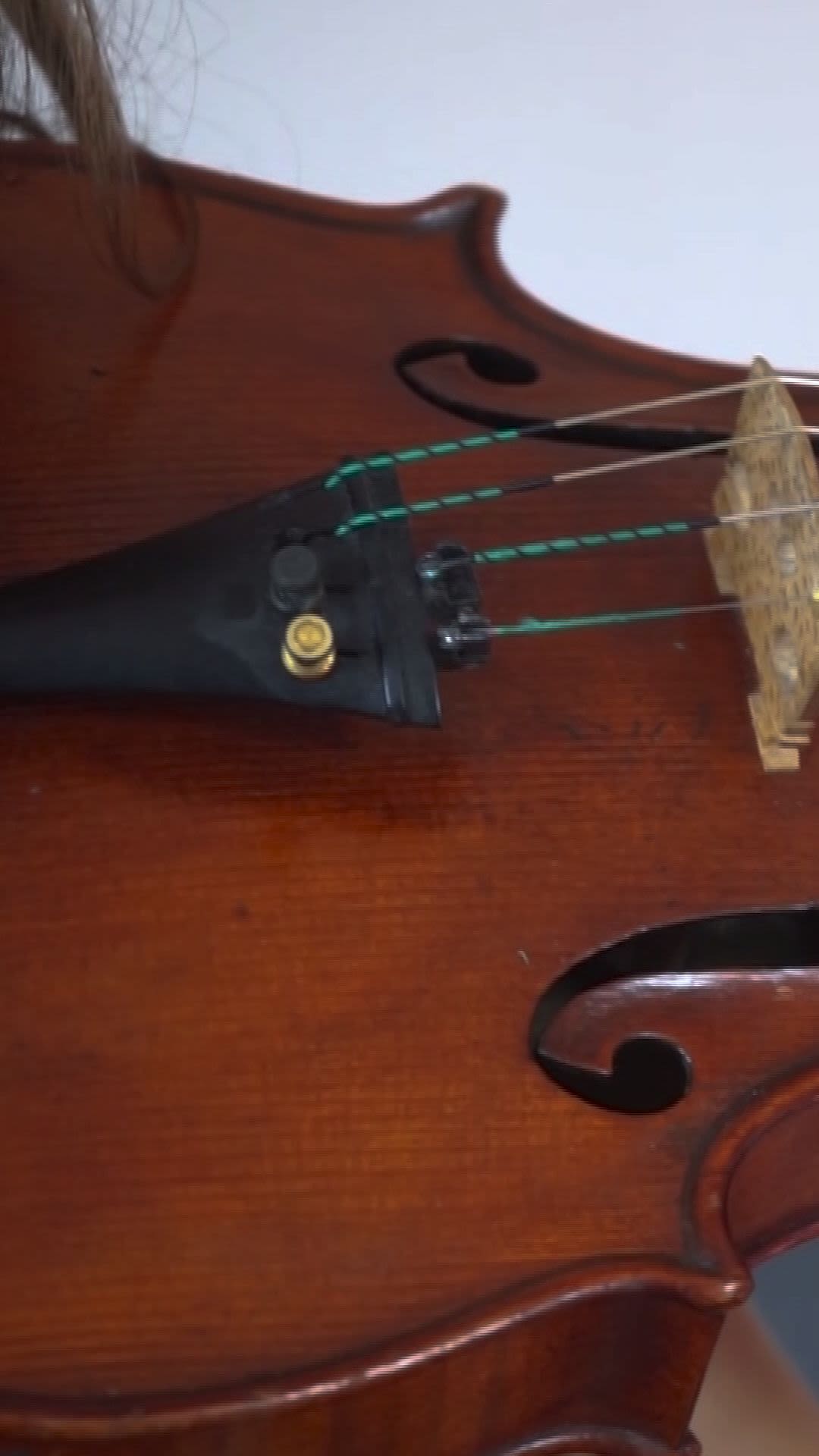
"The great schools of violin-making recognized the Fiemme spruce as the perfect element for music four centuries ago: flexible and light, and with regular fiber. It has become the world standard," he explains.
Once the storm had crashed through the woods, the local forest companies began to collect the felled logs to bring them to the sawmills, including those rare pieces with the ideal characteristics for making musical instruments.
"We had to intervene to save the wood for the music of the future," explains Ognibeni. "So we launched the crowdfunding 'Save Stradivari's wood,' raising more than $294,000 from about 900 people as a loan that we will pay back, to be able to get the trees suitable for the soundboards."
From this wood, in the next four to five years, the Ciresa company will make about 16,000 pianos, 2,200 concert harps and about 18,000 lutherie instruments such as violins, guitars, cellos and mandolins.
The forest will live on through music - and not just through classical instruments. Federico Stefani, co-founder with two friends of the start-up business Vaia Wood, is making speakers for smartphones with the timber.
"In the past, my grandfather gave me a similar object, crafted by him out of wood. And from there I took inspiration," says Stefani.
A considerable amount of timber inside the forest was considered unusable as it was broken in several places by the storm, he explains.
"We want to give dignity also to these smaller pieces, with which we produce our small passive speakers. All you have to do is place the smartphone on top and the sound is naturally amplified by the wood," he says.
But their desire to give back to the forest goes further than salvaging the fallen wood.
"Ours is also an attempt to recreate a relationship with nature, so we decided to plant a tree for each Vaia Cube sold," says Stefani.
In this project Stefani has also involved the local craftsmen whose daily lives are spent in the areas ravaged by the storm.
Among them is Giorgio Leonardelli, a master craftsman who has had a lifetime working with wood. Even his own forest, left to him by his father, has been knocked down by the Vaia storm.
"When I managed to reach the place, there were only three trees left standing. All the others were messily piled up, like the Mikado game - you could get lost among the logs," he laments.
Leonardelli tried to recreate that impression in the design of the speaker. "I carved a crack that represents the trees on the ground as I saw them that day," he says.
It will take at least 50 to 70 years for his forest to grow back, explains the craftsman, "Normally it is the grandparents who cultivate the wood for their grandchildren. We have seen our history fall away.
"And now," he concludes, "we are working for the forest of future generations."
A future that, thanks to the efforts of the local communities, will resonate throughout the rest of the musical world.
This story is part of CGTN Europe's series The Alps: Timeless and changing
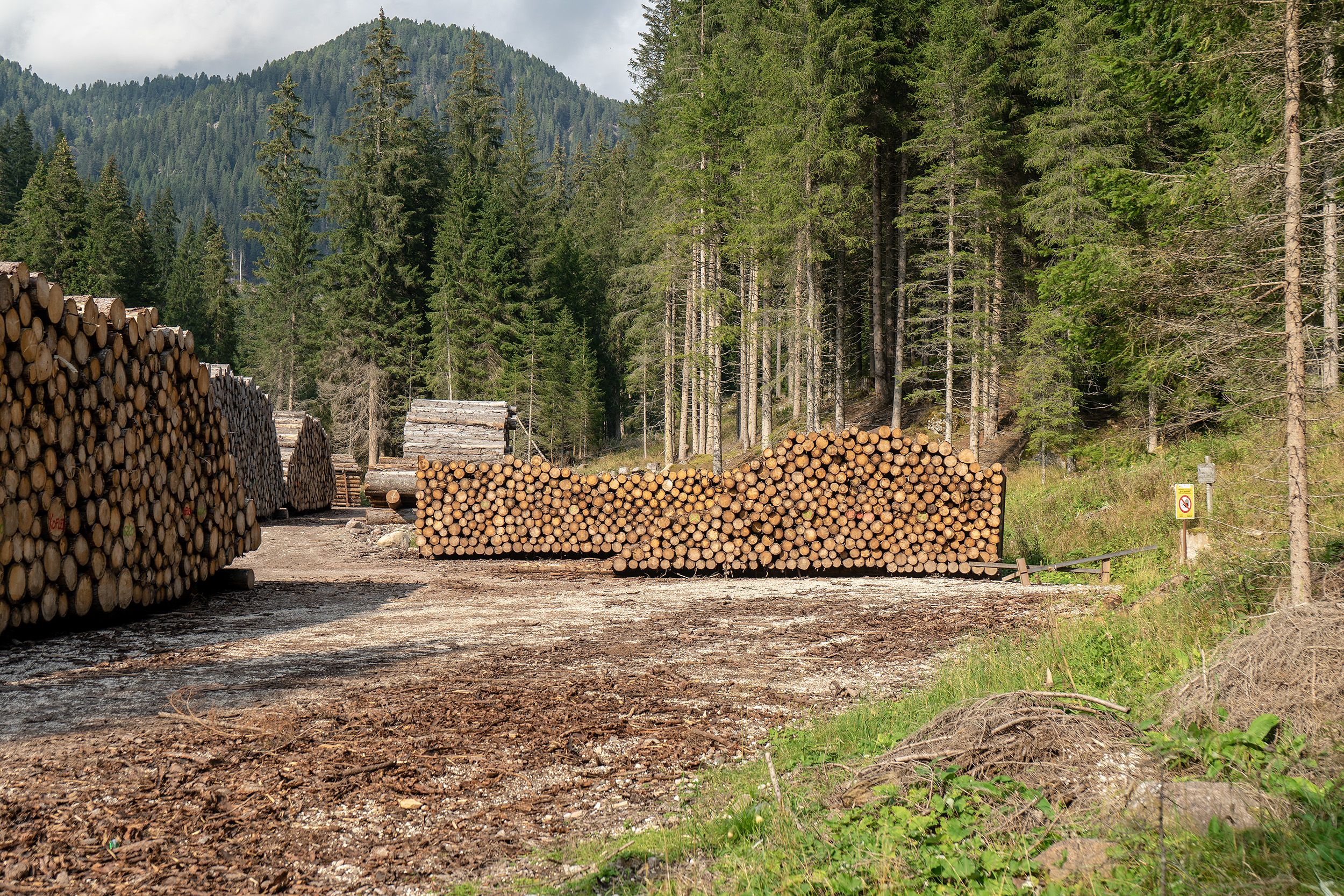
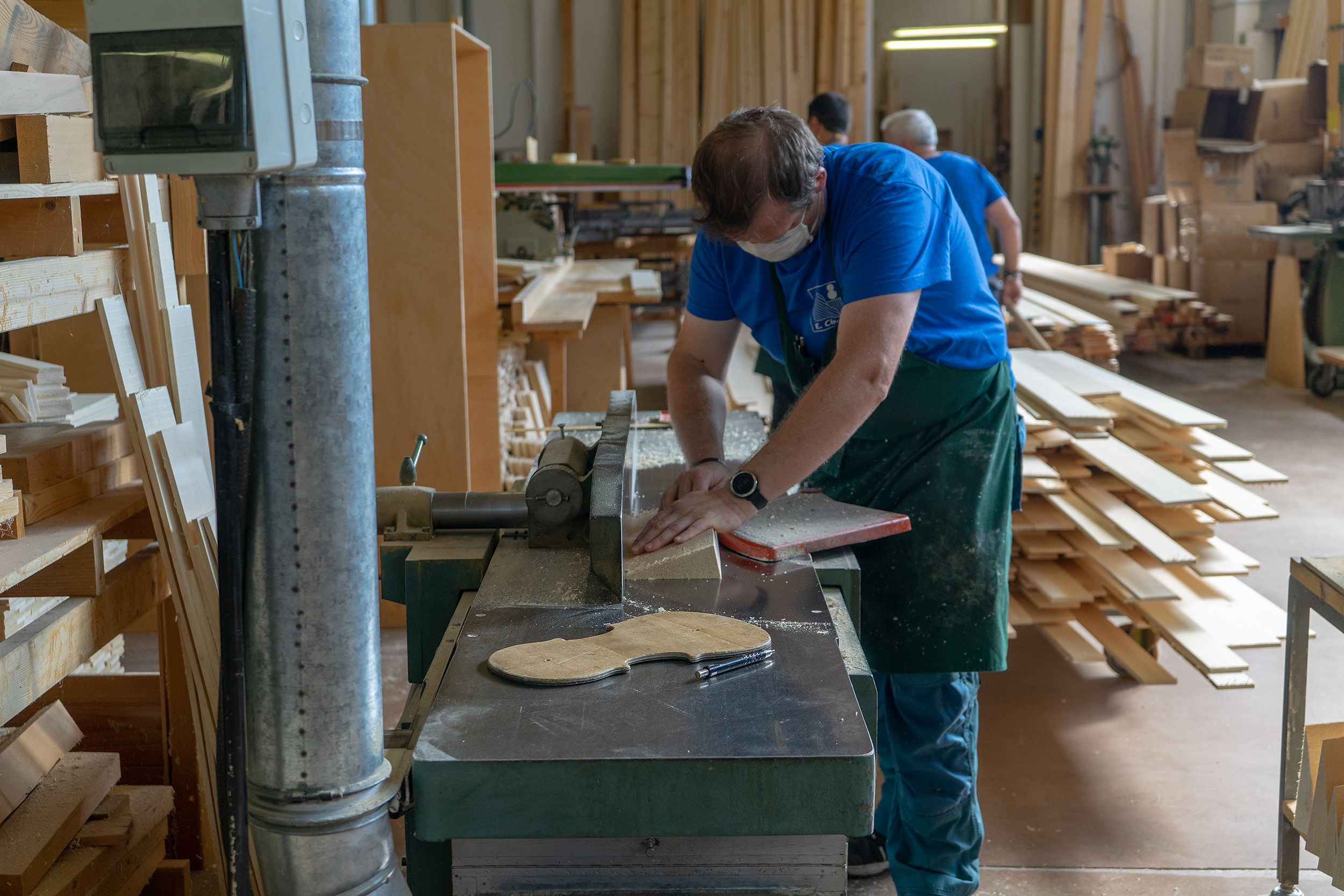
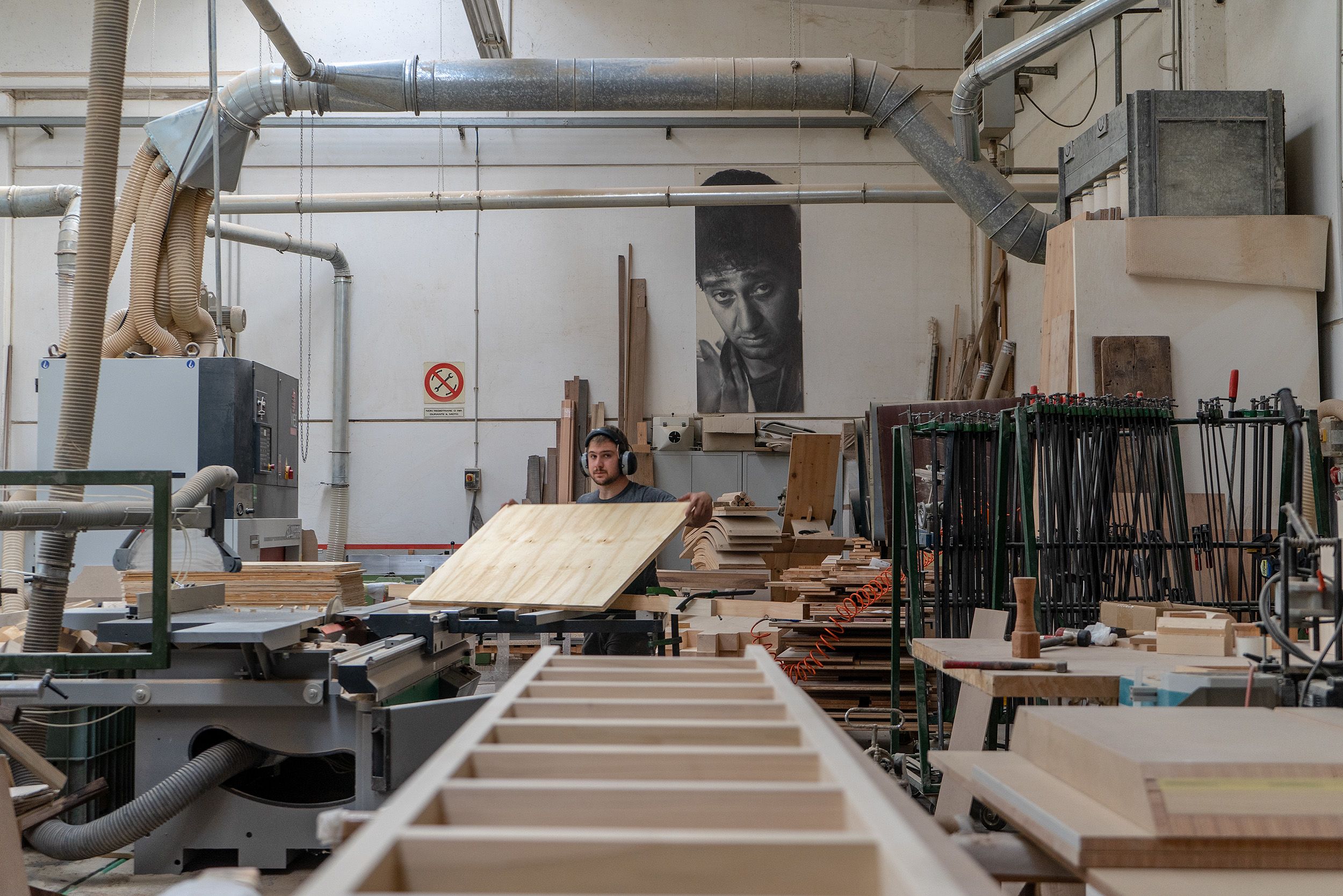
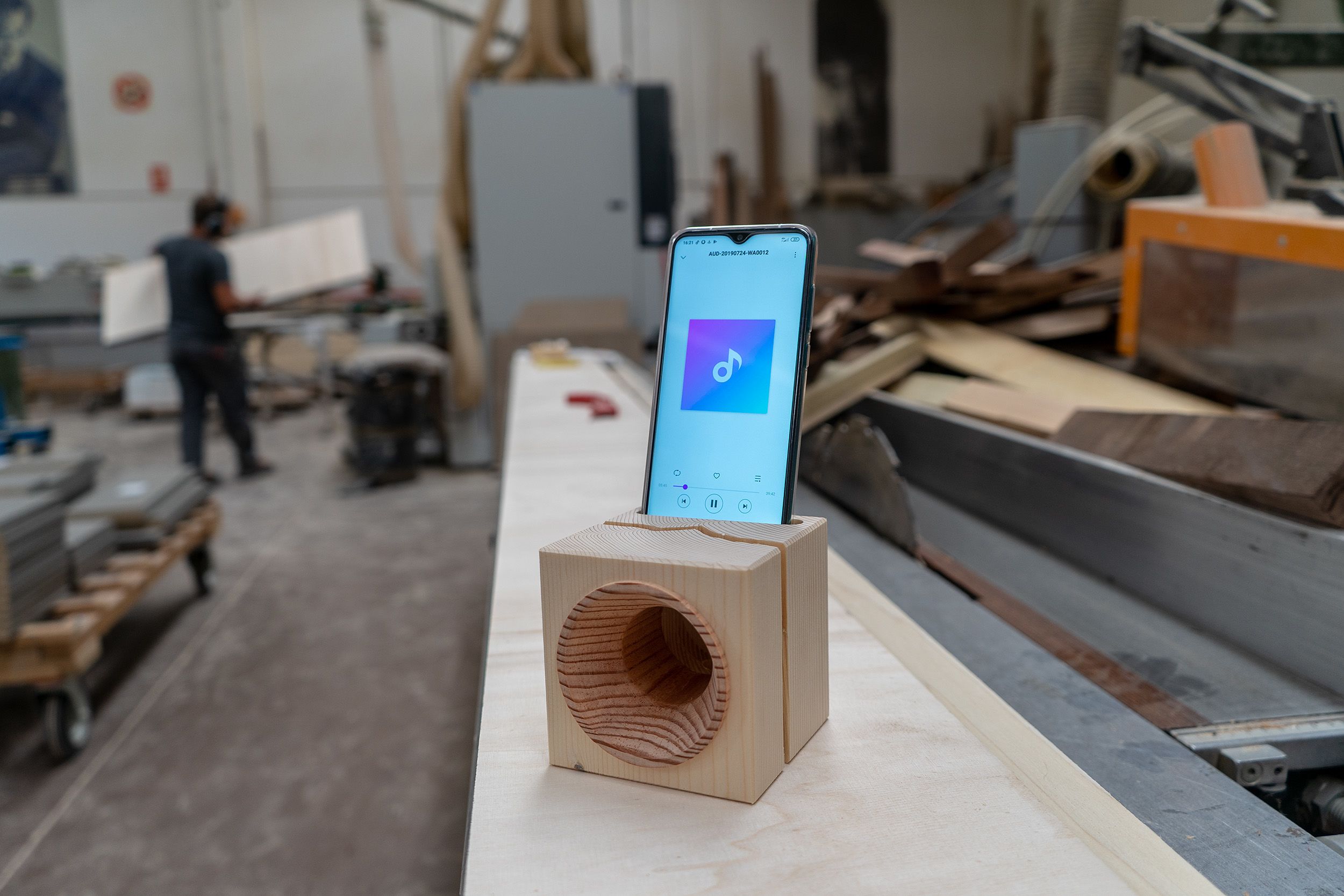
"The great schools of violin-making recognized the Fiemme spruce as the perfect element for music four centuries ago: flexible and light, and with regular fiber. It has become the world standard," he explains.
Once the storm had crashed through the woods, the local forest companies began to collect the felled logs to bring them to the sawmills, including those rare pieces with the ideal characteristics for making musical instruments.
"We had to intervene to save the wood for the music of the future," explains Ognibeni. "So we launched the crowdfunding 'Save Stradivari's wood,' raising more than $294,000 from about 900 people as a loan that we will pay back, to be able to get the trees suitable for the soundboards."
From this wood, in the next four to five years, the Ciresa company will make about 16,000 pianos, 2,200 concert harps and about 18,000 lutherie instruments such as violins, guitars, cellos and mandolins.
The forest will live on through music - and not just through classical instruments. Federico Stefani, co-founder with two friends of the start-up business Vaia Wood, is making speakers for smartphones with the timber.
"In the past, my grandfather gave me a similar object, crafted by him out of wood. And from there I took inspiration," says Stefani.
A considerable amount of timber inside the forest was considered unusable as it was broken in several places by the storm, he explains.
"We want to give dignity also to these smaller pieces, with which we produce our small passive speakers. All you have to do is place the smartphone on top and the sound is naturally amplified by the wood," he says.
But their desire to give back to the forest goes further than salvaging the fallen wood.
"Ours is also an attempt to recreate a relationship with nature, so we decided to plant a tree for each Vaia Cube sold," says Stefani.
In this project Stefani also involved the local craftsmen whose daily life is spent in the areas ravaged by the storm.
Among them is Giorgio Leonardelli, a master craftsman who has had a lifetime working with wood. Even his own forest, left to him by his father, has been knocked down by the Vaia storm.
"When I managed to reach the place, there were only three trees left standing. All the others were messily piled up, like in the Mikado game - you could get lost among the logs," he laments.
Leonardelli tried to recreate that impression in the design of the speaker. "I carved a crack that represents the trees on the ground as I saw them that day," he says.
It will take at least 50 to 70 years for his forest to grow back, explains the craftsman: "Normally it is the grandparents who cultivate the wood for their grandchildren. We have seen our history fall away.
"And now," he concludes, "we are working for the forest of future generations."
A future that, thanks to the efforts of the local communities, will resonate throughout the rest of the musical world.
This story is part of CGTN Europe's series The Alps: Timeless and changing



Credits:
Images of the forest: VAIA. Interviews: Marco Carlone and Daniela Sestito. Video producer: Giulia Carbonaro. Video editor: Pedro Duarte. Animator: James Sandifer.

